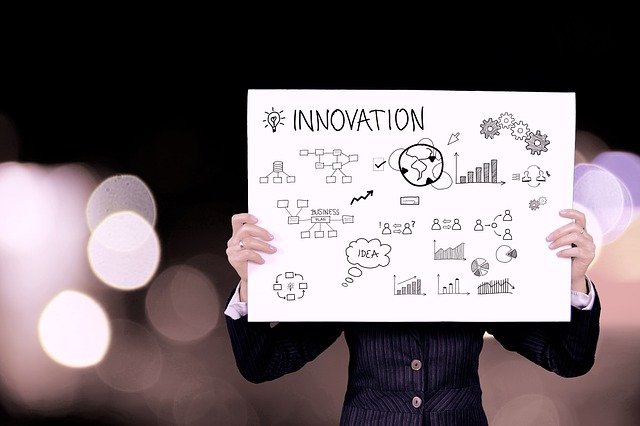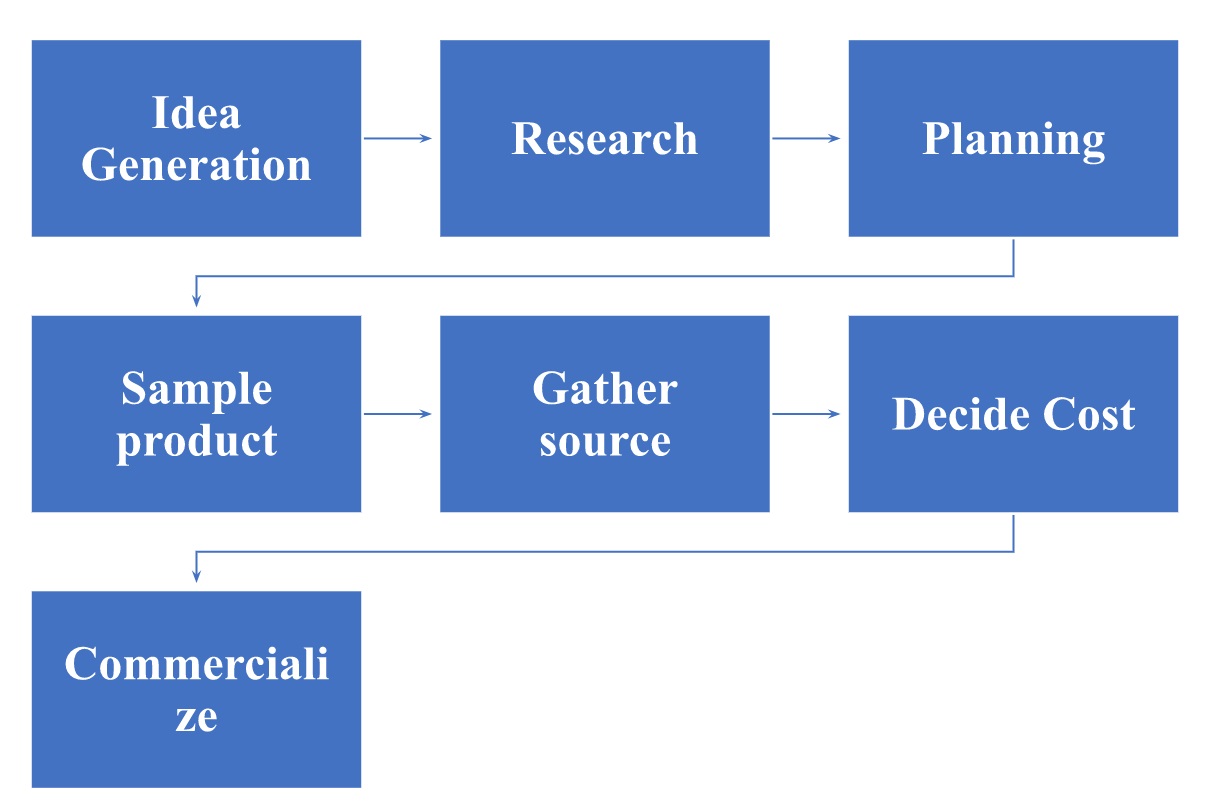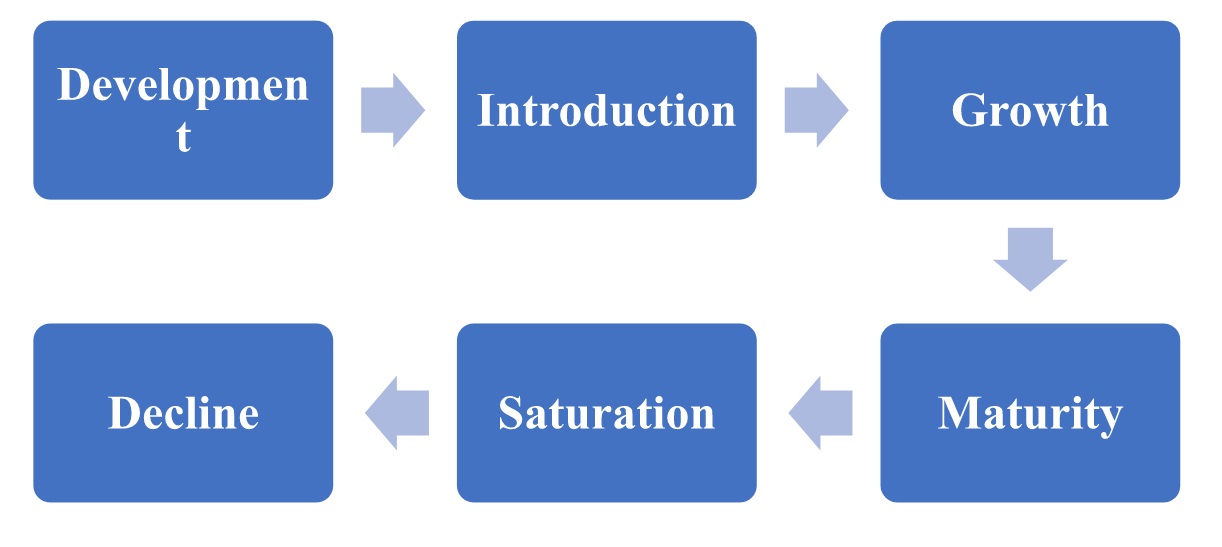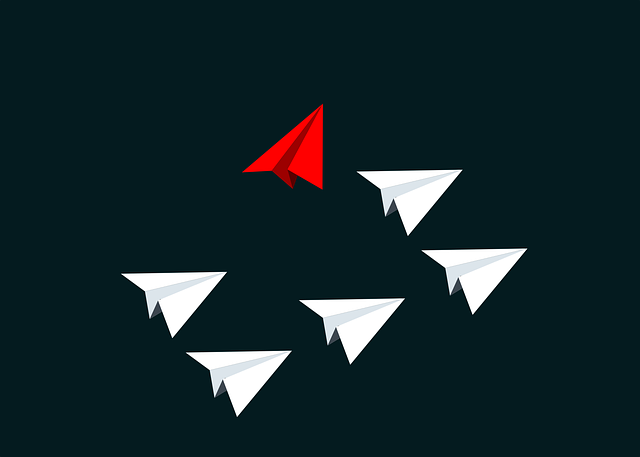Product development lifecycle: Steps to bring innovation to business

Innovation in the product development lifecycle should be your priority if you plan to launch a new item. It doesn’t matter if you run a famous brand or not because no company can grow by offering the same services. However, adding the process revolution is always helpful and brings new ideas to the market. If you ignore this approach, your competitors will steal the limelight and customers’ attention. Moreover, lack of planning and weak analysis are common causes of product failure. Thus, before launching any product or service, it’s vital to prepare and gather information about the development lifecycle. So, in this writing, we will break down the product development lifecycle.
What is the product development lifecycle? A breakdown of the definition:
We hope you know that innovation is an ongoing process, and you must repeat it with all launches. If we only talk about product development, it involves all processes, from planning to bringing the product to the market. Simply put, it requires everything that brings a new product to the market. But if you want to launch a new product to the market, you will have to go through specific steps. Here are the main steps that indicate the process of product development in seven steps:

You can’t say that one role is most important for product development. So, to bring one product into existence, you must start with idea generation.
Product development lifecycle:
“Products are like people and have life cycles.”
In addition, when we talk about the product development lifecycle, it also involves succession stages. The product development lifecycle starts from existence, goes up to development, and ends at the decline. Mainly, we divide it into different steps for better understanding. Besides this, marketers, serial entrepreneurs and business owners use the lifecycle for essential budget allocation, prices, and packaging decisions. Furthermore, don’t ignore innovation’s importance during the process of attracting an audience. For instance, it’s better to launch each product in a new way as it helps to grab attention. In short, it is a whole process that covers a full range of activities that the company conceptualizes according to micro and macro perspectives.
What are the stages of the product development lifecycle?
The development of a new product involves considerable investment and effort. But if you lack knowledge, then it could become a headache. It won’t be wrong to say that the development of the product is just the start of a long journey. However, before launching any product, it’s vital to understand all stages and take necessary actions accordingly.

Mainly these are six stages that provide a solid base for product development. So, read these guidelines to stay in the market successfully.
Development stage:
Simply put, it’s a research phase where you search for your product from different perspectives. It’s vital to complete this phase before introducing the product to the market. But the research phase starts before bringing investors, stakeholders, and partners on one platform. This way, you can show data to support your ideas if the research is done. Companies spend a massive amount of money to test the effectiveness, develop samples, and plan their launch. Besides, it would help if constantly growing ground for a new product takes a lot of money and time. Sometimes, the product development stage could be challenging due to budget constraints. But you can take advantage of the product development phase by spreading awareness about your brand.
Introduction stage:
Everything starts from a particular phase and takes place in the market. However, this is the same process as launching a new product. In this stage, you start preparing for the product launch based on the facts you gathered from the first step. The introduction stage is vital in creating awareness and building demand. But here are a few tips that you shouldn’t ignore:
- Keep communicating with customers and create demand for your product by launching an advertising campaign.
- Secure more consumers by spreading words of mouth
- Keep testing the market and improve if there are complaints
Sometimes, the facts and research stats can change with time; that’s why it’s vital to re-access market values and trends.
Growth stage:
At this stage, people start accepting your newly launched product. However, it means the company sees a growth in demand, profit, and product awareness. So, in this condition, the company starts expanding its products. If the growth stage is at its peak, investors will start seeing the value and be interested. But here are tips that you should adopt at this stage:
| Shift your marketing or MLM campaigns from buy-in to establishing brand presence |
| Open new distribution channels |
| Add more services and features to make the product valuable for customers. |
But while adopting new techniques and strategies, don’t forget to advertise. In this way, you can create new business.
Maturity stage:
The maturity stage is the fourth stage in the process. However, sales start growing at this stage, and the company sees rapid growth. So, during this time the company started reducing prices to stay in the competition and market. Apart from this, during the maturity stage, the company learns from its mistakes and focuses on differentiation. We can say it’s the most profitable stage of the product development lifecycle. But the real challenge is to establish your brand and differentiate your brand from others.
Saturation stage:
In the saturation stage, the company starts seeing changes in growth. Mainly, the product neither sees growth nor decline at this stage and stays still. But it’s also a fact that most consumers use products at this stage. So, the real challenge is to deal with this and stop the product from declining. However, here are tips that you can adopt at this stage:
- Focus on brand awareness
- Revise prices
- Improve customer service
Moreover, if it’s possible, then take the help of innovation at this stage. But if innovation isn’t possible, improve service and use customer suggestions to improve the experience.
Decline stage:
It is the last stage of the product development lifecycle. The product that came into existence will have to go at this stage. Still, many companies want to avoid this stage by emphasizing nostalgia or superiority. But sometimes, it’s unavoidable, and you will have to face this. Here are a few tips that can extend the product lifecycle:
- Implement new strategies for advertisement
- Reduce prices of your products
- Add new features to the product or service
- Explore new markets where you can launch products and services
- Redo the brand packaging to create a unique impact
The best company is the one that starts looking for options at an early stage. In this way, it becomes easier if you want to give your product a new and long life.
Why is it essential to take innovation in the product development lifecycle?
Every year we see thousands and millions of products on the market. However, it’s hard to keep everything in mind. From the customer’s perspective, different products are always memorable. So, along with the high quality of products, uniqueness is the key to success. Generally:
“The process in which you create different products/services/experiences that are unique from the older ones is called innovation.”
In addition, product innovation is an activity in which we change/improve design, material, look, feel, or functionality. Innovation is of utmost importance if you want to run a business successfully. Apart from this, you can take the help of unique ideas to enhance the life of the product/service in the product development lifecycle.

Impact of innovation in the product development lifecycle:
If you think innovation isn’t necessary, then you are wrong. It doesn’t matter if you already run a business because, without uniqueness, you can’t head further. Here are the following points that explain the importance of innovation in the product lifecycle:
- If you diversify ideas and bring new opportunities, it will help open new business markets.
- Apart from this, product innovation is a good idea that helps to earn higher profits. For instance, if you are innovative, a medium-range product can generate three times more sales.
- Moreover, if you are innovating, customers will feel relevant, which helps them to stick to the business.
- If you are innovative, it helps businesses keep up with the competition, and products can stay in the market for long.
In short, innovation is always a good idea to improve the product development lifecycle. But remember that even with innovation, your product can fail in the market. You can take an example of Google Glass that failed despite a high-end research team, billions of dollars of investment, and whatnot. So, while introducing something, always calculate the risk and decide based on solid research.
Steps for flawless product innovation:
Improving your work is always a good idea and plays a crucial role in success. But innovation isn’t always a massive operation as it depends on your business size and overall requirements. The size doesn’t matter if you are following all the proper steps. Here are primary steps for including innovation in the product development lifecycle:
| Step # 01: Brainstorm ideas and do your research |
| Step # 02: Find ideas that can satisfy your customers |
| Step # 03: Validate concepts by doing tests and gathering feedback |
| Step # 04: Take the help of customer segmentation to determine which idea is most useful |
| Step # 05: Support your data by developing samples, and don’t stop until your product is best |
But don’t forget to keep the margin for failing because, in this way, you can refine your processes at best. Above all, stay true to your values because startup culture establishes beliefs and behaviors.
Conclusion:
The crux of the whole writing is to keep product development lifecycle and innovation while working. The main aim is to invest in better marketing, research, and product growth. Apart from this, here are the following tips to improve the whole process:
- Create a systemized workflow and follow the progress
- Have a clear definition of everything
- And control WORK IN PROGRESS
Moreover, don’t forget to keep your progress visible because it helps the team to look at their work anytime. You also can take the help of product development lifecycle tools to ease the management.